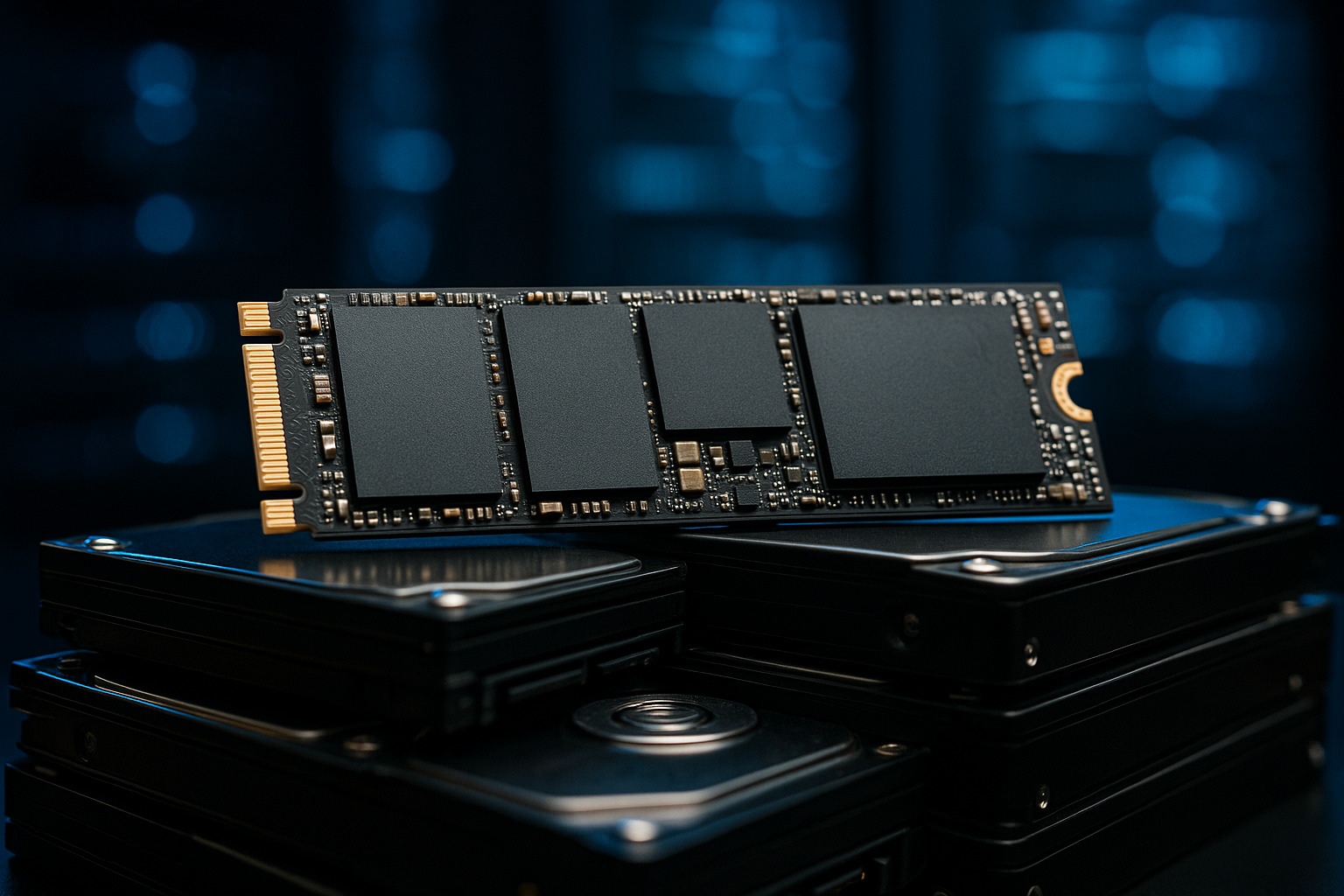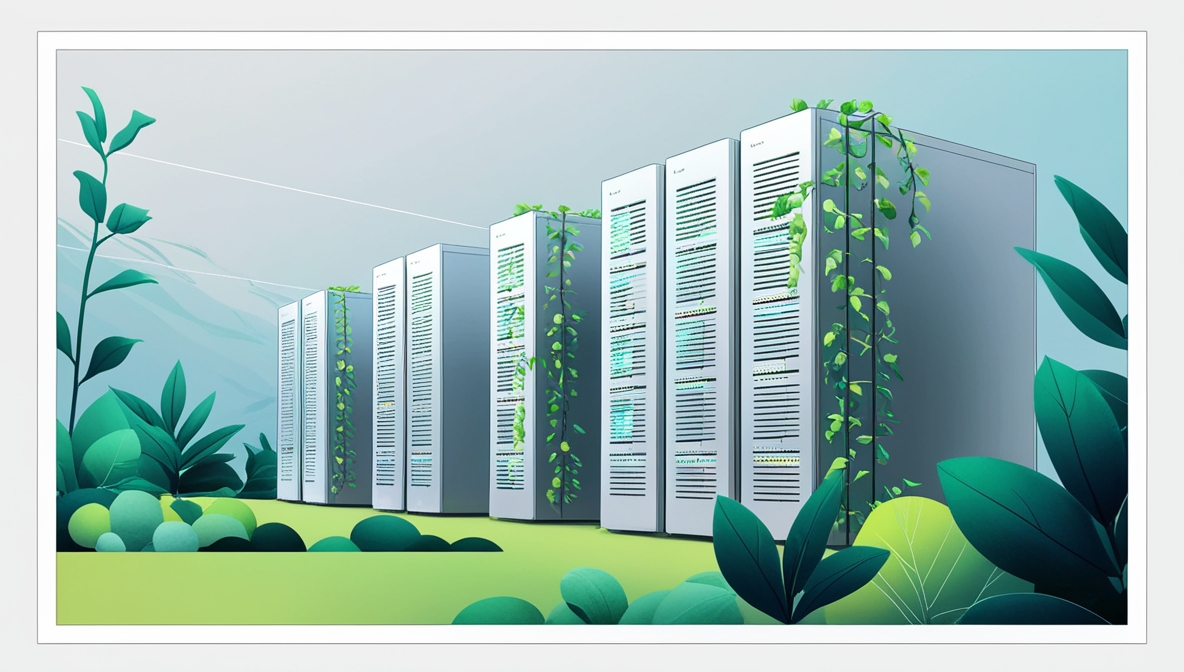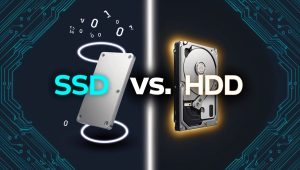Mergers and Acquisitions in the Tech Industry: What’s Next?
The tech industry continues to witness mergers and acquisitions (M&A) at an unprecedented rate. But what’s next for this fast-paced sector? The answer lies in the evolving needs of companies to grow, expand their portfolios, and innovate in an environment driven by advancements in artificial intelligence, cloud computing, and cybersecurity. So, what trends are likely to shape the future of tech M&A?
Key Drivers of M&A Activity in Tech
Several factors contribute to the rise in M&A activities within the tech industry. Here’s a look at some of the primary drivers:
- Technological innovation: Companies are constantly looking to acquire new technologies to stay ahead.
- Market expansion: Expanding to new markets through acquisitions allows companies to grow rapidly.
- Access to talent: With a shortage of tech talent, companies are acquiring other firms to bring skilled workers into their fold.
- Cost synergies: Acquisitions can help firms achieve significant savings through shared resources and capabilities.
Recent Noteworthy M&A in Tech
- NVIDIA and ARM
NVIDIA’s acquisition of ARM has been one of the most talked-about deals in recent years. This merger has the potential to reshape the semiconductor industry and enhance NVIDIA’s position in AI and IoT technologies. - Microsoft and Activision Blizzard
Microsoft’s bid to acquire Activision Blizzard signals the company’s commitment to expanding its gaming footprint, particularly in cloud gaming and the metaverse. This move will position Microsoft as a leader in interactive entertainment. - Salesforce and Slack
The Salesforce-Slack deal highlights the growing importance of collaboration tools in the workplace. This acquisition will allow Salesforce to compete more effectively with Microsoft Teams and strengthen its enterprise software offering. - Adobe and Figma
Adobe’s acquisition of Figma indicates a shift toward embracing design-centric solutions. Figma’s popularity with designers and developers will help Adobe tap into new market segments.
Upcoming Trends in Tech M&A
- AI and Machine Learning M&A
AI and machine learning are at the core of many innovations. Companies are increasingly investing in these technologies through acquisitions, seeking to integrate advanced analytics and automation into their offerings. Mergers and acquisitions in this area will likely see a surge as AI becomes more prevalent across industries. - Cybersecurity Acquisitions
With cyber threats on the rise, tech acquisitions in the cybersecurity space are poised for rapid growth. Companies will look to bolster their defenses by acquiring specialized firms focused on data protection, encryption, and threat detection. - Cloud Infrastructure M&A
As more companies move their operations to the cloud, there will be an increase in mergers and acquisitions targeting cloud infrastructure providers. Expect cloud giants like AWS, Google Cloud, and Microsoft Azure to continue acquiring smaller cloud firms to extend their service offerings. - Blockchain and Crypto M&A
The rise of blockchain technology and cryptocurrencies has triggered several mergers and acquisitions in this sector. Companies will aim to expand their capabilities in decentralized finance (DeFi), secure ledgers, and digital currencies through strategic acquisitions.
Why Mergers and Acquisitions Matter in Tech
- Acceleration of innovation: M&A enables companies to acquire cutting-edge technology quickly without the time and costs associated with in-house development.
- Consolidation of market power: Larger tech firms often buy out smaller competitors to dominate the market. This leads to reduced competition and increased market share for the acquiring company.
- Risk mitigation: By acquiring companies with diverse portfolios, firms can reduce risks associated with relying on a single product or service.
Impact on Consumers
Tech M&A doesn’t just affect companies; it has far-reaching impacts on consumers as well:
- Improved product offerings: Consumers can expect better, more integrated products as companies merge their technologies and expertise.
- Increased costs: On the downside, fewer competitors in the market can lead to price hikes as companies gain monopolistic power.
- Privacy concerns: The consolidation of tech companies raises concerns about data privacy and security, as fewer companies control more personal data.
Potential Challenges
Despite the benefits, tech mergers and acquisitions come with challenges that may hinder the success of the deal:
- Cultural integration: Merging two different company cultures can be difficult, leading to friction among employees and management.
- Regulatory scrutiny: Governments worldwide are paying closer attention to tech M&A deals, concerned about monopolistic behavior and consumer protection.
- Technological integration: Combining different technology stacks can be complicated, causing delays in product launches or disruptions in services.
The Role of Government in M&A
Governments and regulatory bodies are increasingly scrutinizing tech M&A deals to prevent monopolies and ensure fair competition. Antitrust laws are being updated to reflect the rapid pace of tech consolidation. Recent examples include:
- EU’s scrutiny of Google acquisitions
The European Union has ramped up investigations into Google’s acquisitions, especially concerning data privacy and market domination. - FTC’s focus on Big Tech
In the U.S., the Federal Trade Commission has been more aggressive in challenging mergers involving major tech companies like Facebook, Amazon, and Apple.
The Future of M&A in Tech
So, what does the future hold? Based on current trends, here’s what we can expect in the coming years:
- Increased focus on sustainability
Companies will seek to acquire firms that focus on sustainable technologies, such as renewable energy solutions, carbon footprint reduction, and circular economy models. - Greater consolidation in emerging markets
As tech companies expand their reach, there will be more mergers and acquisitions targeting startups and smaller firms in emerging markets. This will allow larger companies to tap into new customer bases and growth opportunities. - Rise of cross-industry acquisitions
We can expect more cross-industry acquisitions where tech firms buy companies in other sectors. For example, healthcare and tech companies are increasingly collaborating, leading to a rise in acquisitions in this area.
Key Takeaways for Investors
Investors looking at M&A in the tech industry should keep an eye on these factors:
- Company valuations: With sky-high valuations, investors should be cautious about overpaying for tech stocks. Overvaluation can pose risks when the hype doesn’t match the reality of a company’s potential.
- Long-term growth: Investors should focus on companies with a long-term vision for growth, particularly in areas like AI, cybersecurity, and cloud computing.
- Regulatory risks: Increased regulation may stifle some M&A activity, particularly among the largest players in the industry.
Conclusion
The future of mergers and acquisitions in the tech industry looks both exciting and complex. As companies continue to acquire innovative technologies and expand their market reach, the dynamics of the tech landscape will continue to evolve. But with regulatory challenges and the need for seamless integration, success will not be guaranteed for every deal. Investors, businesses, and consumers alike will need to stay informed and agile in navigating this shifting terrain.












Post Comment